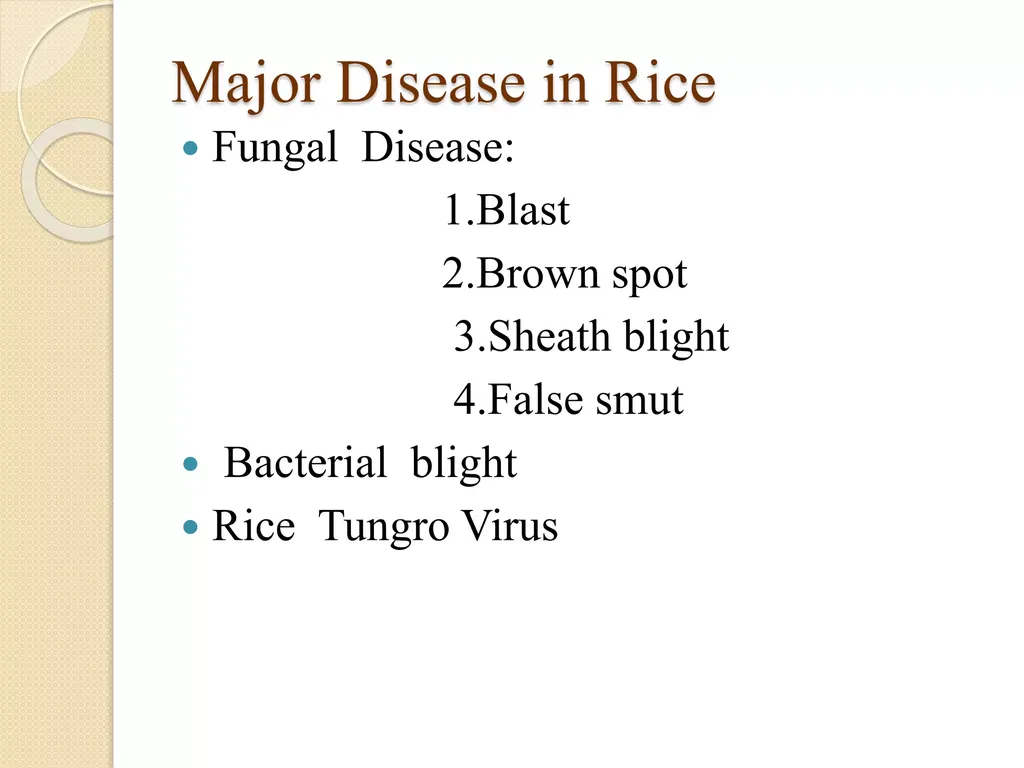In the heart of China, researchers at Shenyang Agricultural University have uncovered a fascinating interplay between disease resistance and photosynthesis in rice, a discovery that could ripple through the agricultural and energy sectors. Xinyu Chen, leading a team from the College of Plant Protection, has been delving into the molecular mechanisms of the rice mutant pir1, which exhibits an intriguing balance between heightened disease resistance and impaired photosynthesis. Their findings, published in the journal *Frontiers in Plant Science* (translated as “Plant Science Frontiers”), offer a glimpse into the complex world of plant defense mechanisms and their broader implications.
The study focuses on the rice lesion mimic mutant (LMM) pir1, which shows enhanced resistance to bacterial leaf blight, a disease caused by *Xanthomonas oryzae pv. oryzae* (Xoo). This resistance comes at a cost, however. “We found that the mutation in pir1 triggers the upregulation of multiple pathogenesis-related (PR) proteins, which is a good thing for disease resistance,” Chen explains. “But it also leads to a significant impairment in the photosynthetic electron transport chain and overall photosynthetic capacity.”
The team’s investigations revealed that the mutant’s enhanced disease resistance is linked to the accumulation of reactive oxygen species (ROS), which, while crucial for defense responses, can cause severe damage to plant organelles. “It’s a double-edged sword,” Chen notes. “The ROS help the plant fight off pathogens, but they also inflict damage on the plant’s own cells, affecting its photosynthetic efficiency.”
To understand the broader implications of these findings, the researchers employed proteomic approaches, analyzing differentially expressed proteins (DEPs) between pir1 and its wild-type counterpart. Using two-dimensional fluorescence difference gel electrophoresis (2D-DIGE) combined with mass spectrometry (MS), they identified a total of 321 DEPs, with 87 upregulated and 234 downregulated proteins. These DEPs were found to be involved in various biological processes, including photosynthesis, carbohydrate metabolism, defense responses, redox homeostasis, and energy metabolism.
The study’s bioinformatics analysis suggests that the mutation in pir1 participates in programmed cell death (PCD), a process that triggers disease resistance responses. This finding could have significant implications for the development of disease-resistant crop varieties, potentially benefiting the agricultural sector and, by extension, the energy sector, which relies on agricultural products for bioenergy production.
Chen’s research highlights the intricate balance between disease resistance and photosynthetic efficiency in plants. “Understanding these mechanisms is crucial for developing crops that are not only resistant to diseases but also capable of maintaining high photosynthetic rates,” Chen says. This balance is particularly important in the context of climate change, as rising temperatures and changing weather patterns are likely to increase the prevalence of plant diseases and stress conditions.
The findings from this study could pave the way for innovative strategies in crop breeding and biotechnology, ultimately contributing to food security and sustainable agriculture. As the world grapples with the challenges of feeding a growing population while mitigating the impacts of climate change, research like Chen’s offers a beacon of hope and a roadmap for future developments in the field.

